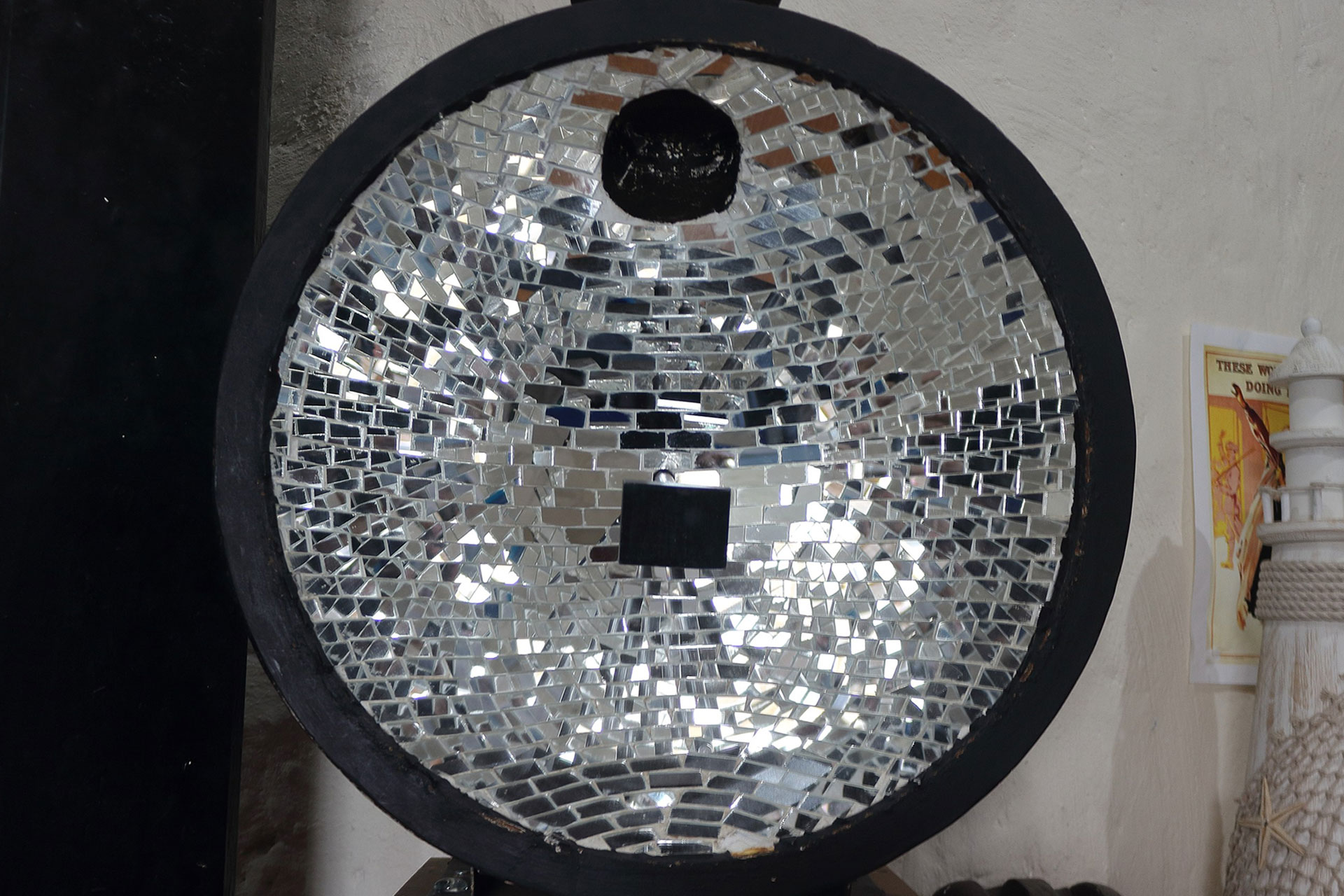

‘Reflected Glory – From Coal Fires to Parabolic Reflectors’ by Julia Elton
May 16 @ 7:30 pm - 9:00 pm
Joining us IN PERSON – just turn up, there’s no need to register.
Joining us ONLINE – Please click this Zoom link 10 mins before event to join us.
The development of an effective lighting system by the British Lighthouse Service in the 18th and early 19th centuries
Lighthouses were built to contain lights to guide mariners past dangerous rocks and currents. This being so, it is all the more surprising that almost none of the dozens of books on lighthouses pay any attention to the lights.
Although there have been some studies on the Fresnel refracting lens, including one by the present speaker, the earlier system of catoptric lights has been almost entirely overlooked. The catoptric system combined parabolic reflectors, which project a powerful parallel beam, with the smokeless Argand lamp. This technology represented the first application of science to lighthouse illumination and was introduced in the mid-1750s.
This lecture will look at the steps taken to develop an effective system, which was easy to maintain and continued in use long after the introduction of the Fresnel lens. The subject forms the subject of Julia’s PhD thesis and she will reveal new facts and insights about this previously unstudied period.
About the Speaker
Julia Elton read Music and Icelandic at Leeds University before training as an antiquarian book dealer at B. Weinreb Architectural Books Ltd. She went on to run her own business, Elton Engineering Books, the only firm to specialize exclusively in the history of engineering.
Julia has written and lectured widely on historic engineers and engineering and is now reading for a PhD at UCL on the history of lighthouses. She is a long-standing member of the Institution of Structural Engineers History Study Group and a past president of the Newcomen Society.
